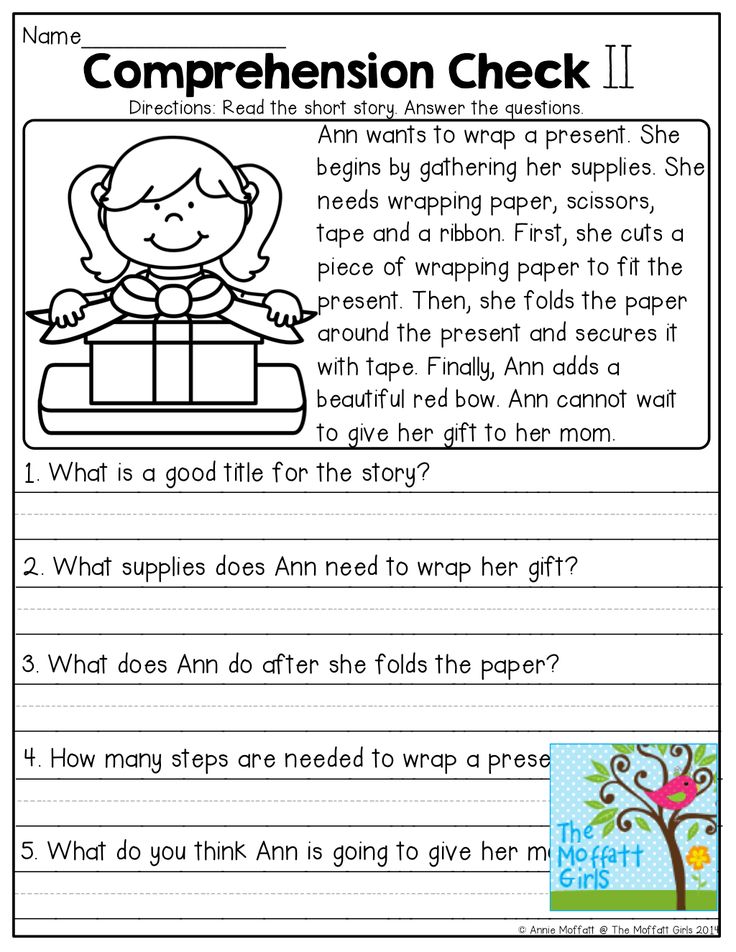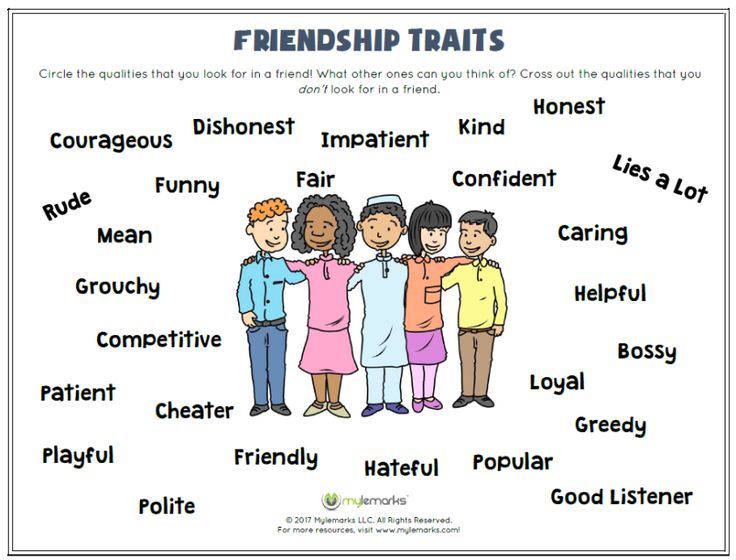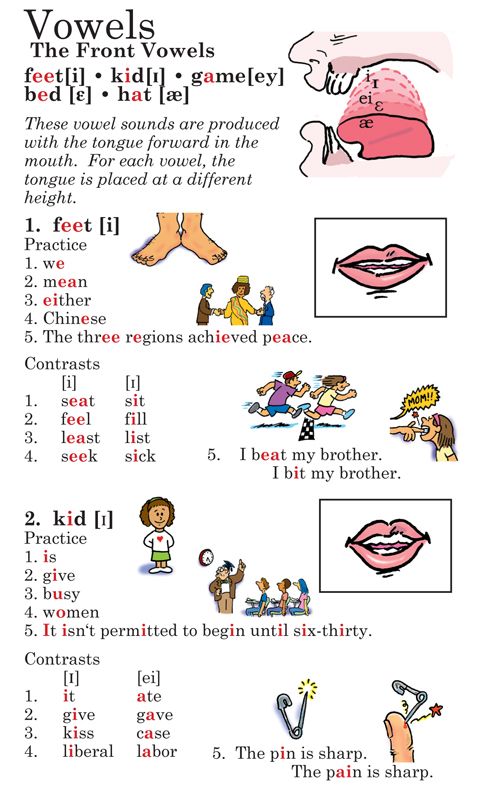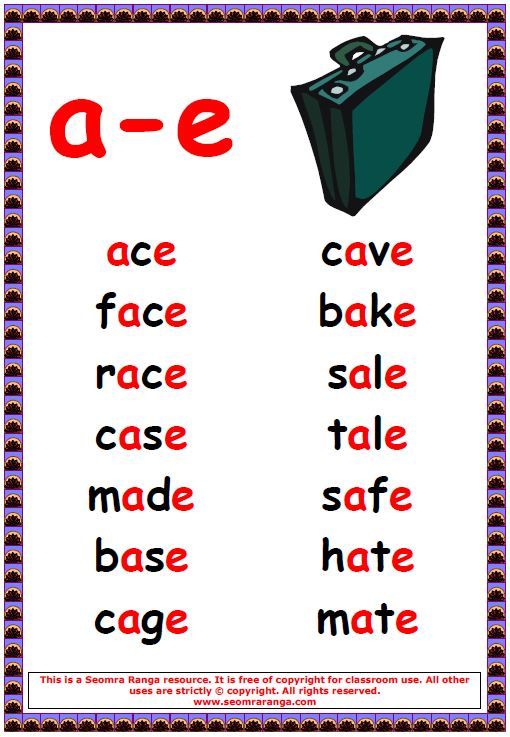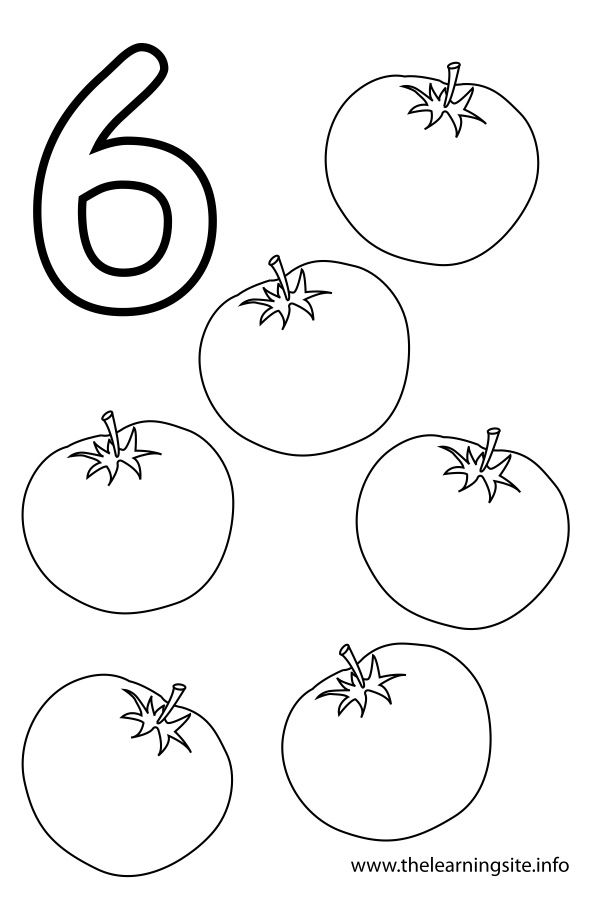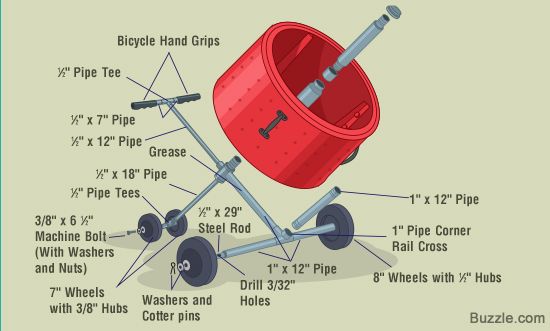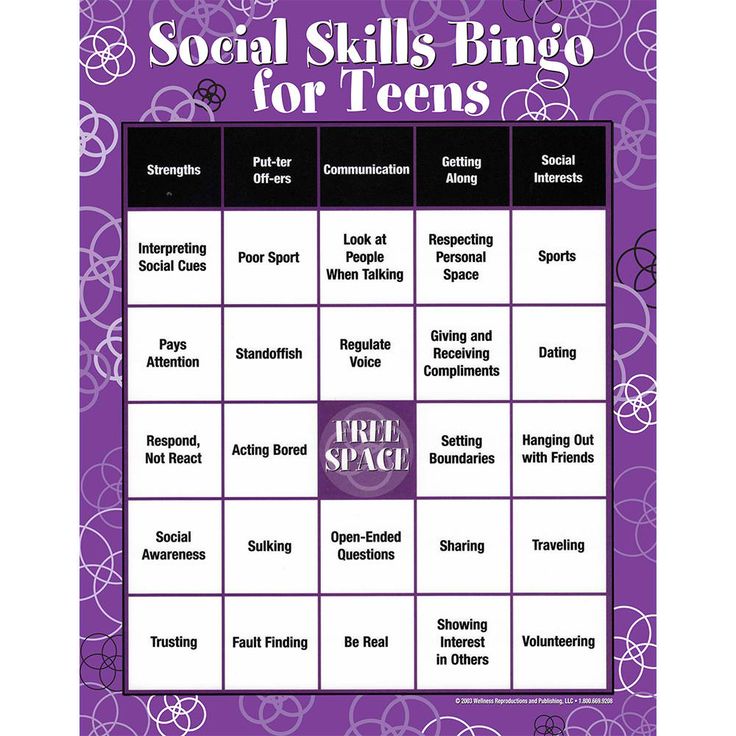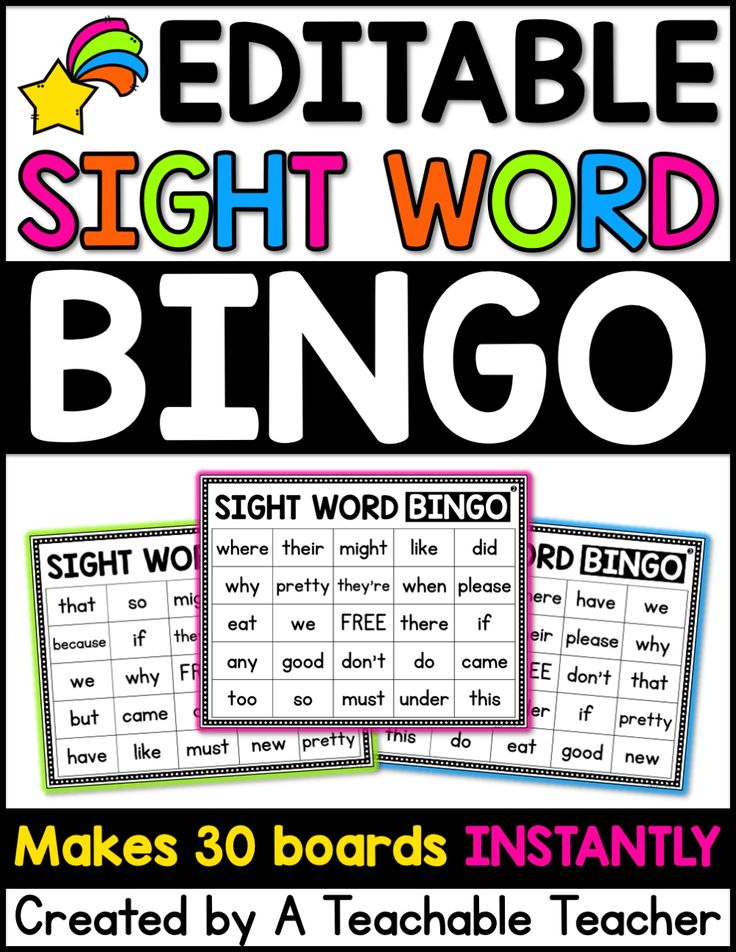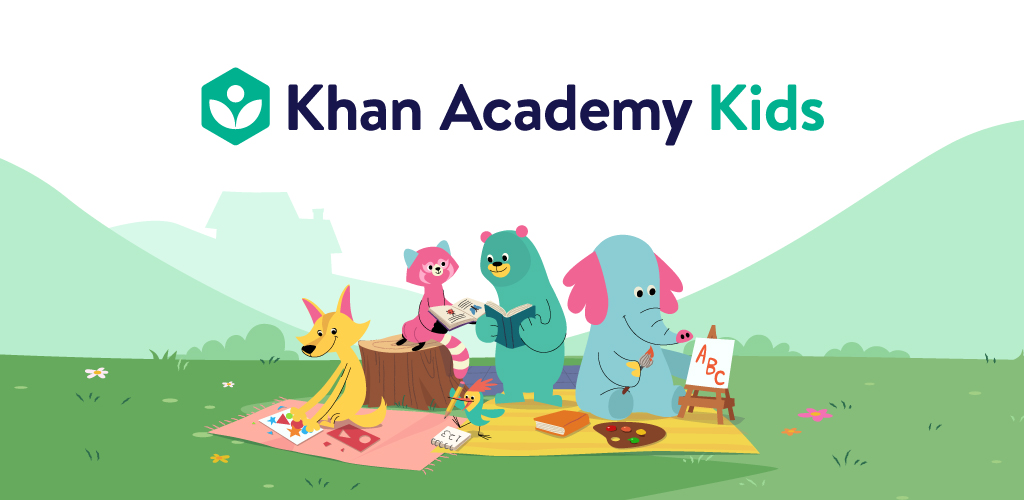What is segmenting in reading
Developing the Skill of Segmenting
by Santina DiMauro
“I don’t know how to write!” said Isaac, unsure of how to spell the word ‘show’. As a young teacher, I assumed that once children were given the knowledge of letter sounds, the rest simply followed. The ‘rest’ involved the skills of blending for reading and segmenting for spelling. How wrong I was!
My understanding of these two skills gradually deepened and I explicitly taught students how to blend. While the majority were fluent and accurate when reading regular words, I – again – assumed that segmenting would naturally develop alongside. Wrong again! My experiences with teaching young students to read and write was a learning journey – not only for my students, but for me as well.
For most of our students, segmenting is not automatic. It is not ‘caught’ like one catches a cold; children need to be explicitly taught how to listen to sounds in words so that they can segment words into phonemes. As a classroom teacher of 5- and 6-year-old students, I knew the benefit of the segmenting skill to spell unfamiliar words; especially as the phonological form of spelling requires segmenting as one of the strategies.
While blending and segmenting go hand-in-hand, this blog focuses on the skill of segmenting as one of the necessary skills for reading, writing and – in particular – spelling. You can also read my blog post on teaching children to blend.
What is Segmenting?
Segmenting is the ability to break up spoken words into their separate sounds. For example, as we spell the word ‘fish’, we segment it into its three sounds, also known as phonemes.
Oral segmenting is a phonemic awareness skill and a crucial building block of independent reading and writing. As children learn phonics, they begin to connect these phonemes with their visual representation (the alphabetic code).
Here is an excellent demonstration of oral segmenting.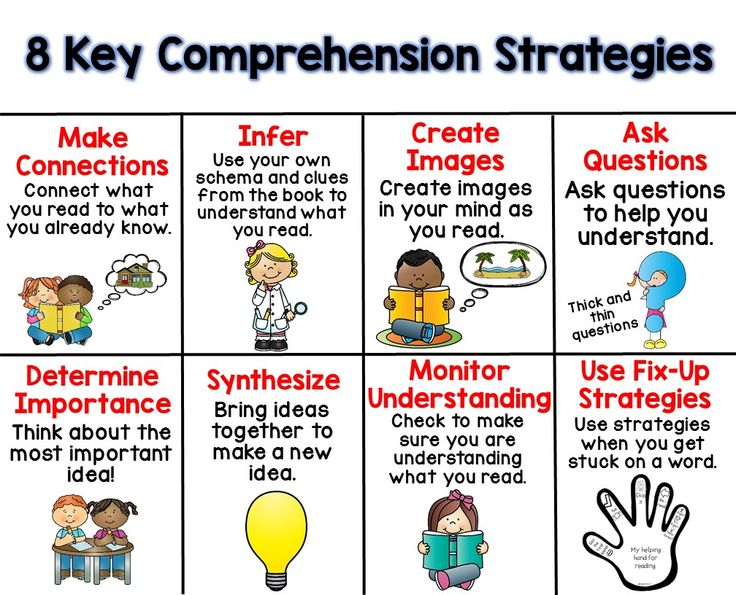
When writing, children are encouraged to segment the words by listening to the sequential sounds in the words.
Research shows the importance of phonemic awareness in the early years, yet it is a step that is too often skipped. Many parents wonder why their child is struggling with spelling. My response is always to go back to the start: oral segmenting.
So, how can we help our children with segmenting? First, it’s important to remember that it isn’t an automatic skill and must be explicitly taught. When you’re teaching, try segmenting using these tips:
- Model the skill of segmenting by introducing a ‘robot voice’. I like to bring in a robot puppet or soft toy for my younger children. Say to the children: “When a robot talks, it talks very slowly.” The segmenting of a word mimics a robot voice.
- Segment words using your fingers or as I call it ‘Phoneme Fingers’. This allows children to attach a phoneme to the visual of a finger. They will then be able to ‘see’ how many phonemes are in the word.
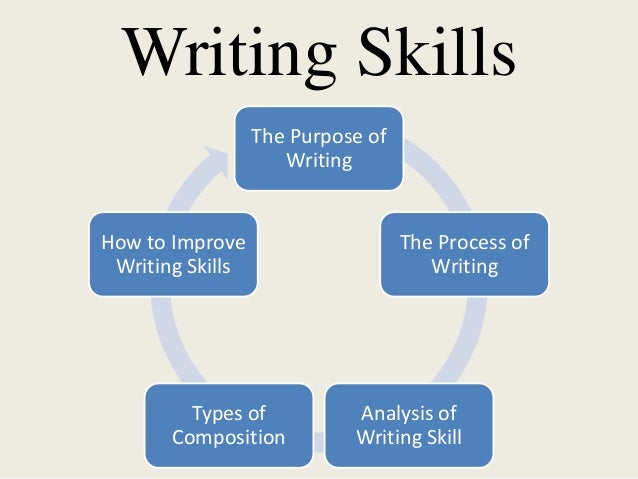 Next, ask the children to use their fingers as they segment words.
Next, ask the children to use their fingers as they segment words. - Practice! Practice! Practice! Chant often with lots of words and using phoneme fingers. Eventually, as children learn letter sounds, you can attach a magnetic letter for each phoneme to the board so that children can see the written word.
Segmenting Ideas for the Classroom
The following segmenting activities are my favourites. Give them a try and let me know what you think!
1. Blend and Go-Seek
Use a variety of objects or pictures (use our free Segmenting Picture Cards) together with the robot and robot voice.
Children listen to the teacher segmenting one of the objects. The teacher asks children to “Find the b-oo-k.”, for example. Children then blend to select the correct object.
While the children are blending with this activity, they are also listening to segmenting by the teacher. Encourage the children to echo the segmenting using the robot voice.
Encourage a child to take on the role of the robot and repeat the same activity. This activity is great for practising both blending and segmenting.
2. Phoneme Finger Count
This game can be played in pairs. One child takes a picture card (from our Segmenting Picture Cards) or word (use our Home Reader Cards) from the pile. The child says the spoken word for the picture or reads the word. The partner uses their phoneme fingers to segment the word.
3. Segment and Peg it
Children are provided with clothing pegs, pictures and dots under each picture. The number of dots represents the number of phonemes for that spoken word. Children segment the word as they point to each dot. They repeat the segmenting as they attach a peg to each dot.
Variation: Once children can orally blend and have been taught letter-sound knowledge, this activity can be done with magnetic letters or pegs with letters written on each peg.
4. I Spy
I Spy
This follows the same pattern as I Spy, however, instead of focusing on the first sound, the child segments the word for the others to blend.
E.g., “I spy with my little eyes something that I can see. It is a t-r-ee.”
5. Race Around the Phoneme Board
Download our Phoneme Board template for this activity. Separate children into small groups. A child starts by selecting a Segmenting Picture Card from the pile. The child segments the spoken word into phonemes and moves the counter based on the number of phonemes. The game continues in this manner until one child reaches the end of the racetrack.
For more segmenting activities, take a look at Shirley Houston’s blog post on oral blending and segmenting.
Making the leap from oral to segmenting with letters
Once children are confidently orally segmenting, you will then want to progress onto representing these sounds with letters in the written word. It’s tempting to announce “Grab your pencils – we are writing!” but think about how much cognitive load (the amount of information processing required to complete a learning task) you are burdening a child with.
On top of remembering the sound and which letter it’s associated with, by adding handwriting to the burden you are also expecting the emergent writer to juggle:
- Which hand does the pencil go in?
- Which way does the pencil go?
- How do I make a letter ‘c’?
- Where does the next letter go?
- How do I make a letter ‘a’?
- How do I make a letter ‘t’?
- How do I make the t longer than the other letters, where does it sit on the line and so on…
Compare that to simply selecting the correct magnetic letter from a group and moving it up the board.
Magnetic letters are the Early Years teacher’s best friend (get spelling without the handwriting burden) – and foe (they get lost/mixed up!). Once children’s handwriting is progressing and they are segmenting with relative ease, teachers can then introduce the added challenge of handwriting!
Spelling with Our Phonics Lessons
Phonics Hero’s no-prep Phonics Lessons give teachers over 3,700 words broken up into the five-step segmenting process.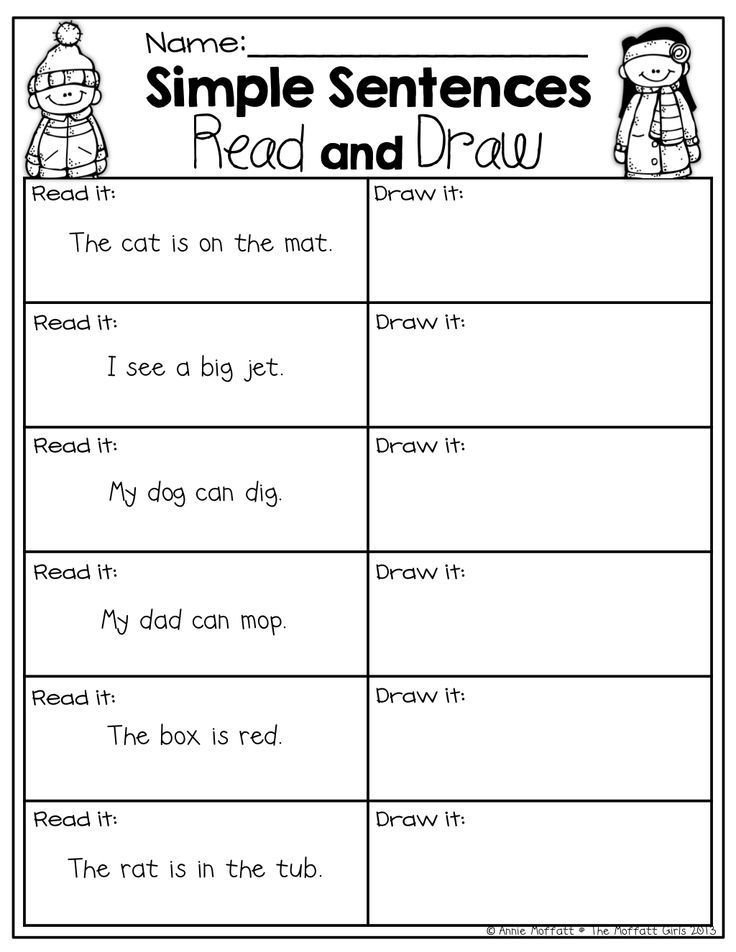
Step 1 – Say the Word Using a bank of 3,700 picture supported words, children say the decodable word or listen to the audio. |
|
Step 2 – Stretch the Word This word is then stretched to emphasise each of the sounds. |
|
Step 3 – Count the Sounds Using our interactive sound buttons, children listen for and count the sounds. |
|
Step 4 – Represent the Sounds Next, write down the letter or letters which represent each of the sounds. |
|
Step 5 – Check It Looks Right Children compare their answer to the word. |
It gives you a bank of decodable words which use your lesson’s target phonemes and guides students through the 5-step process. Then – when children are ready – you can apply this learning to writing sentences with the Phonics Lessons sentence tool.
Then – when children are ready – you can apply this learning to writing sentences with the Phonics Lessons sentence tool.
You can grab a free 30-day trial by signing up for a Teacher Account.
Taught, Not Caught!
And so the journey into the wonderful world of writing begins!
The reading and writing journey of our children begins as they develop their phonemic awareness skills and are explicitly taught how to use their letter-sound knowledge to blend and segment. Reading a written piece from an emergent writer experimenting with print using segmenting as a spelling strategy always excites me as a teacher; a child can convey a lot when they have the basic phonics code under their belt!
The following piece was from one of my students who used a combination of the phonological form and visual form of spelling.
This piece still excites me because it highlights the child’s ability to segment words into phonemes.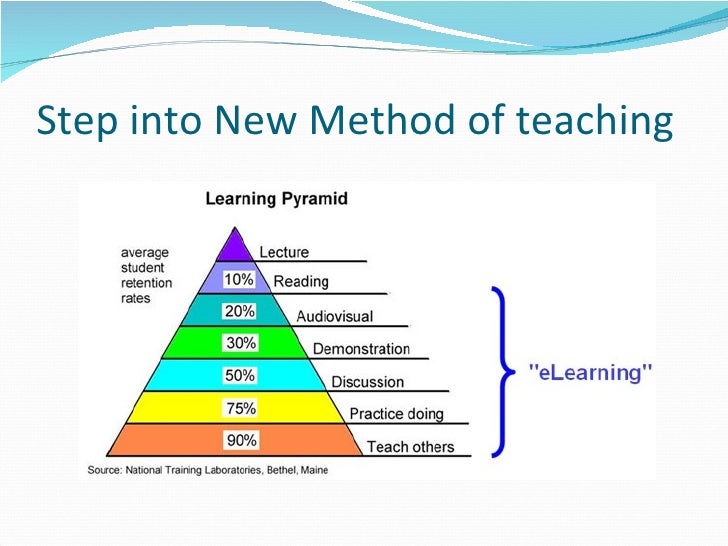
Remember, segmenting must be taught NOT caught.
Author: Santina DiMauro
Santina is a teacher and phonics consultant. She has taught in schools for over 30 years and has trained teachers across Australia and Asia for 20 years in the area of literacy, in particular, synthetic phonics. If you are interested in Santina’s help as a literacy trainer for your school, drop the team an email at [email protected].What Is Segmenting In Phonics? A Simple Guide – Early Impact Learning
In ten years of working with children aged 3-5, I have found that one of the most important skills in early phonics is definitely segmenting.
It is a crucial skill in early writing, and it is involved in reading too. But what exactly is it?
Segmenting in phonics is the ability to separate a word into its sounds. Technically the sounds are called phonemes, the units of sound that make up language. Practically speaking, to segment the word ‘pig’, you would split it into its three phonemes – p-i-g.
It can be quite a tricky thing for children to get their head around. It takes lots of practice in imaginative ways.
It requires you to have a few fun games up your sleeve to be able to introduce and practise it, and it also needs quite a bit of repetition before children use it securely.
Luckily, this article will give you all the tricks of the trade that you need to pull this off.
We will look at a bit more about what it is, what it is used for, and some great ways to get children segmenting.
Segmenting In Phonics
In a nutshell, segmenting is the key phonic skill of writing. To write a word, a child needs to ‘sound it out’ first. This sounding out process is segmenting.
It is splitting up words into sounds.
To a lesser extent it is used in reading also. Sounding out a word by reading the sounds is also a kind of segmenting.
However, the big skill is in oral segmenting – i.e. doing it through sound. You hear a word like ‘dog’, and you can split it up into ‘d-o-g.’
You hear a word like ‘dog’, and you can split it up into ‘d-o-g.’
- What’s the difference between blending and segmenting? Find out
- How to teach ‘tricky words’ – twelve games that work
Some Brilliant Segmenting Games
There are some great games that you can play when you start segmenting.
The danger with segmenting is that it can become a bit dry and boring. Not if you follow these games!
Honestly, they are fun both for adults and children, and can be repeated many times in a motivating way.
Kung Fu SegmentingEveryone stands up!
Get everyone to bow to ‘the master’. The master could be you (just tell them you are the master). Alternatively, these days I use this fantastic kung-fu panda toy:
They all really love this toy, and it really helps to focus them! You can find them on Amazon here
What you do is get them all to bow to the kung-fu panda.
Then show them a move. I normally do gentle defensive moves, rather than aggressive kicks and hits! This is just to avoid any play fighting, and the whole thing going a bit wrong.
I normally do gentle defensive moves, rather than aggressive kicks and hits! This is just to avoid any play fighting, and the whole thing going a bit wrong.
Give them a word like ‘cot’. All do the move, for example, a low block, and segment the word, one sound for each move – e.g. ‘c-o-t. Cot!’
Always do each word a few times. Repetition is the key to learning how to segment!
Top tip – Always say the full word at the end after you have segmented it.
Did you know this is one of the strategies that we teach and advocate through our phase one phonics online teaching resources. We really do recommend checking them out!
Rhythm SticksRhythm sticks are one of the ultimate phonics resources. You can use sticks from outside, or claves, or you can buy rhythm sticks like these fantastic ones that I bought recently:
I got these very cheaply off Amazon, and I recommend you take a look.
To segment with the sticks, give out two sticks to all children.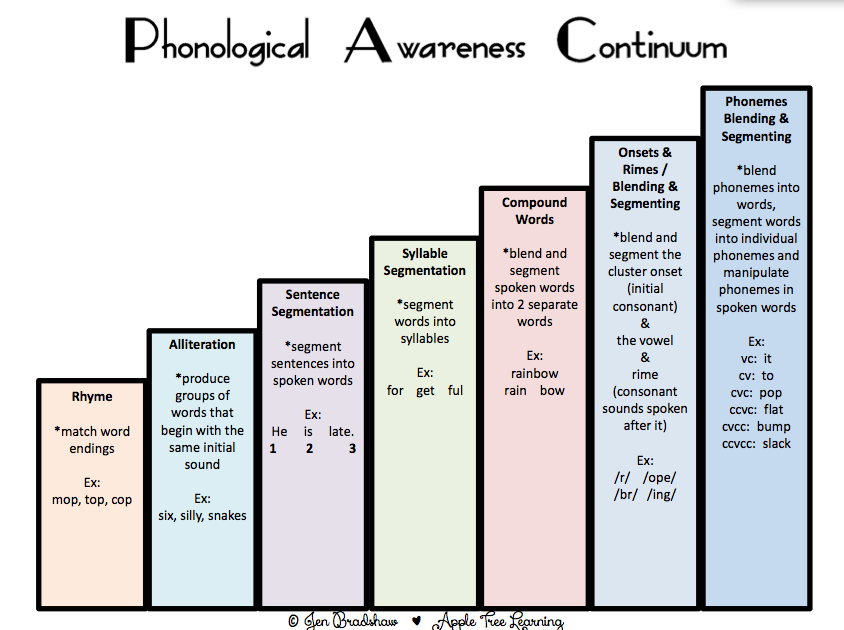
Then give them a simple three-letter word, e.g. ‘kid’.
Everyone hits the sticks together as they say ‘k-i-d. Kid! K-i-d. Kid!…’
Repeat with different words.
There are all sorts of exciting rhythm sticks games you can do. To check out some more, then why not look at 10 Rhythm Sticks Games – The Essential Practical Guide.
Using A RobotThis is the classic way of teaching segmenting (in Britain at least).
You need some kind of robot. I used to have a bit tinfoil mask that I had made myself.
However, these days (even better!) I have this spectacular robot puppet:
I can’t begin to tell you the excitement that this generates! You can get one here.
Puppets are one of the best ways of teaching more or less anything in the early years, and you can find out the 22 best ways of using puppets in teaching here.
He is called Metal Mike. I get the children to press his screen at the front to activate him in to life. He makes a fake whirring sound when activated. I always get him to scan their eyes as well, checking for great eye-contact!
I always get him to scan their eyes as well, checking for great eye-contact!
Then he whispers a word to the adult, e.g. ‘sit’. He doesn’t say the word in a robot voice, because they all then segment in robot voices and it becomes a complete nightmare! Ge them to segment in their normal voices – it really is best in the long-term.
Get your arms like ‘robot arms’, e.g. ninety degrees at the elbow with your hands sticking out in front of you.
If the word is ‘sit’ the move your arms up and down like a robot as you go ‘s-i-t. Sit! S-i-t. Sit!…’
Repeat each word a few times!
Repetition breeds success.
The three games I have just described for you are definitely my top activities for starting the teaching of segmenting. However, I have also written the essential guide to 16 segmenting activities that it is definitely worth taking a look at.
Top Tips For Segmenting
Here are some tips to help you find success when you are teaching segmenting.
1. Start At The Right Time
Start At The Right TimeThis is really important. If you start when a child is too young, or does not have the foundation skills required to segment, then it becomes a tortuous, long-drawn out process. Basically before a child can segment they should be able to:
- Have at least some awareness of rhyme
- The ability to join in with simple listening games
- The ability to successfully join in with simple instrument games
- Know some rhymes, songs and chants
- Be able to join in with group games
- Begin to have an awareness of simple alliteration such as is found in these top ten alliteration activities
Segmenting is a practical skill. It is also a very physical process.
Use lots of dances, kung-fu, robot arms, and whatever else you can think of to get the children moving and segmenting at the same time.
The more multi-sensory the experience, the quicker they will get the idea.
3.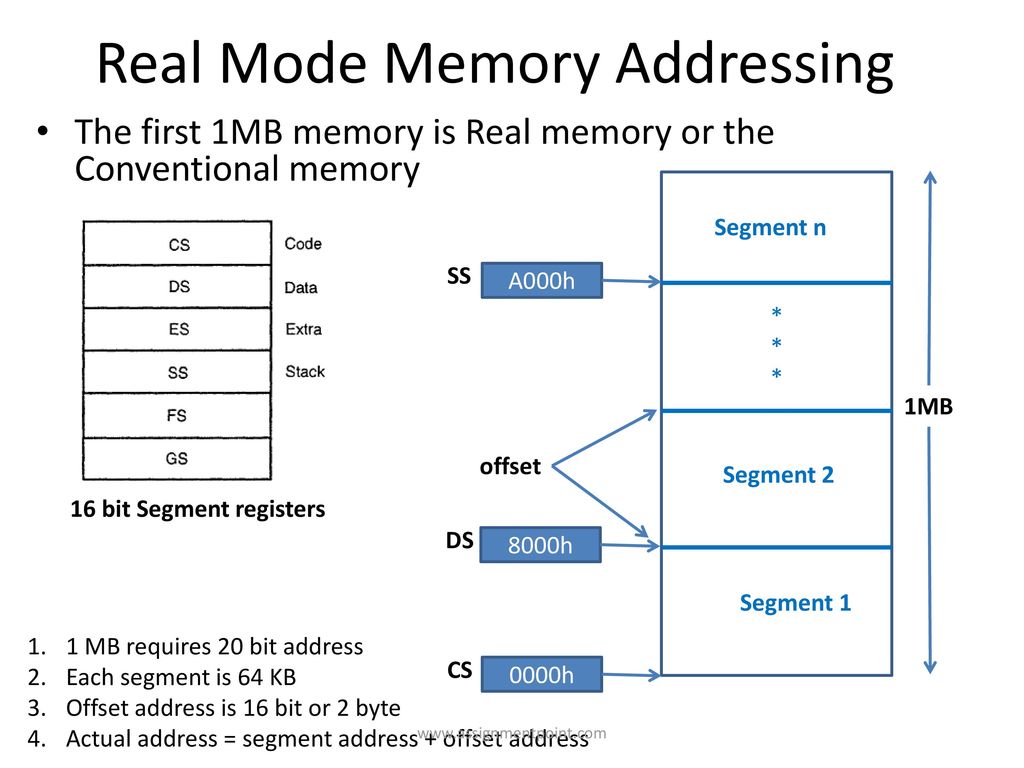 Repeat, Repeat, Repeat!
Repeat, Repeat, Repeat!Repeat everything.
You should repeat the games, for example. If you do the robot game on Day 1, you can also do it on Day 2, and Day 3. As long as they are not getting bored of it just keep going. The more they do it, the better the chance they have of getting the idea.
All the games are like this. Mix them up, but repeat, repeat, repeat.
4. Do It Every DayA ‘little and often’ approach is the way to go for segmenting.
You will get blank looks when you start, but if you keep going then some will start to get it, and then hopefully that will snowball.
5. Commit!When you start, keep going!
I would keep going every day even after you are confident they have all mastered it. It is surprising how quickly some of them will forget!
Never stop, until they are well into the next phase of phonics and beginning to write words confidently.
Some Issues To Look Out For
There are many issues that might occur when you teach segmenting.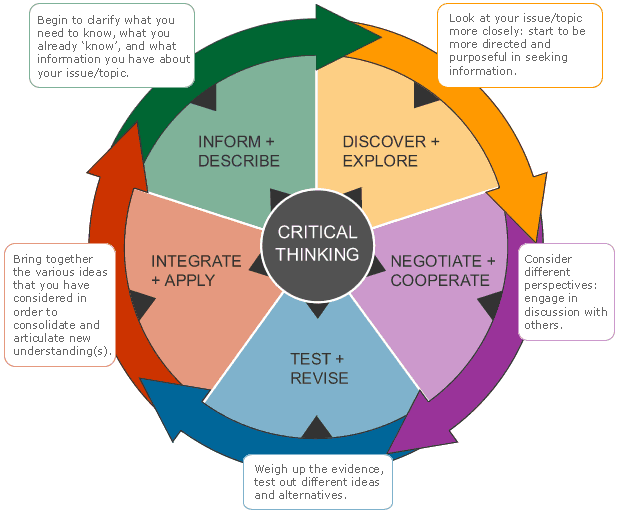 Here are some, and what you can do about it:
Here are some, and what you can do about it:
- Children guessing! This will happen to some degree with all children when they start. Segmenting takes a while to get used to. Just keep going.
- Saying the last sound wrong. This is very common. This usually means they are on the way to getting it. Again – keep going. If they can hear the first and second sound in a word, then they will eventually be able to hear the end one.
- The can’t say the sounds due to some kind of speech and language issue. Again this is very common. Using lots of early phonics games is good here to develop speech and language. Remember, that although some children can’t say sounds, they can hear them OK. They may be able to write them fine, just not say them clearly. This is more of a speech issue than a segmenting issue.
Conclusion
There is a lot involved in segmenting, but hopefully I have given you a good starting point for getting going with it.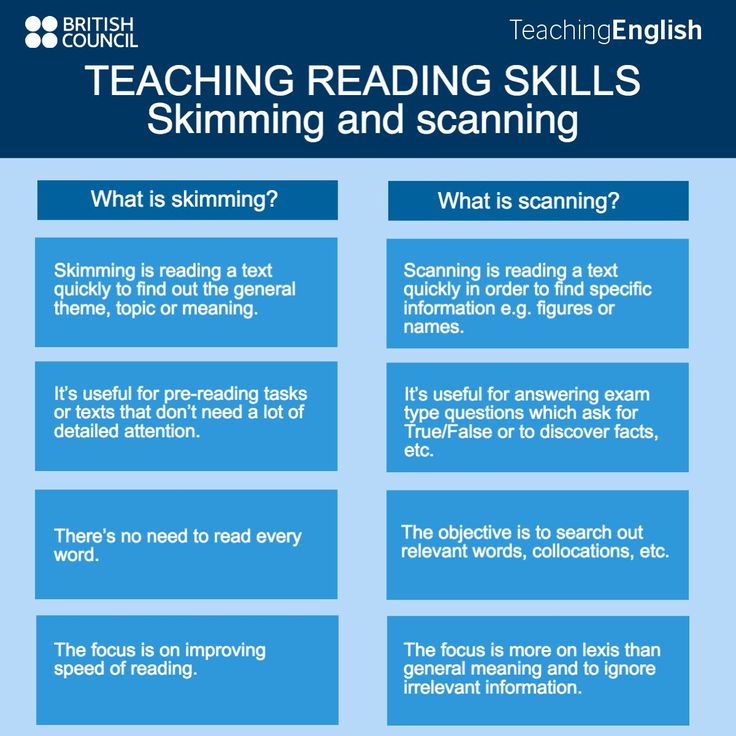
With just a few simple toys and fun games, it is a skill that is enjoyable to learn and hugely beneficial once understood.
If you’ve found this article useful, why not check out one of these:
- Parachute Phonics Games – 10 Fantastic Ideas
- How Do You Teach Phonics On A Washing Line? Find Out
Recent Posts
link to 15 Outdoor Games for Toddlers15 Outdoor Games for Toddlers
Outdoor games for toddlers will reap the benefits of the simple joys of being outdoors in nature, relaxing, and having fun.
Continue Reading
link to 15 Fantastic Preschool Soccer Games15 Fantastic Preschool Soccer Games
Soccer is one of the of most popular games in the world check out these preschool soccer games
Continue Reading
Customer segmentation: types, methods and examples
Marketers and sales managers: “I wish customers would just buy everything themselves without any extra explanation!”
Clients: “I wish they would immediately offer me something that suits me! So lazy to think and understand everything!”
Approximately the same thoughts and desires on both sides of the product.
Customer segmentation helps to fulfill these desires. It allows you to make communication personalized - to offer customers what they want. Segmentation also helps sales managers - they know the needs of customers in advance and do not waste time telling irrelevant information.
In this article we will analyze:
- what is customer segmentation and why is it needed;
- what are the types of segmentation;
- how online stores and online services segment their customer base;
- what are the common methods of customer segmentation;
- which service will help segment customers and establish communication with each group.
What is customer segmentation and why is it needed
Customer segmentation is the division of them into groups according to certain characteristics or criteria: their geolocation, age, needs, actions on the site, etc. to him personally.
Customer segmentation allows:
- to better understand customer needs;
- increase customer loyalty;
- keep them;
- increase repeat sales and profit from each client - LTV;
- cut the marketing budget.
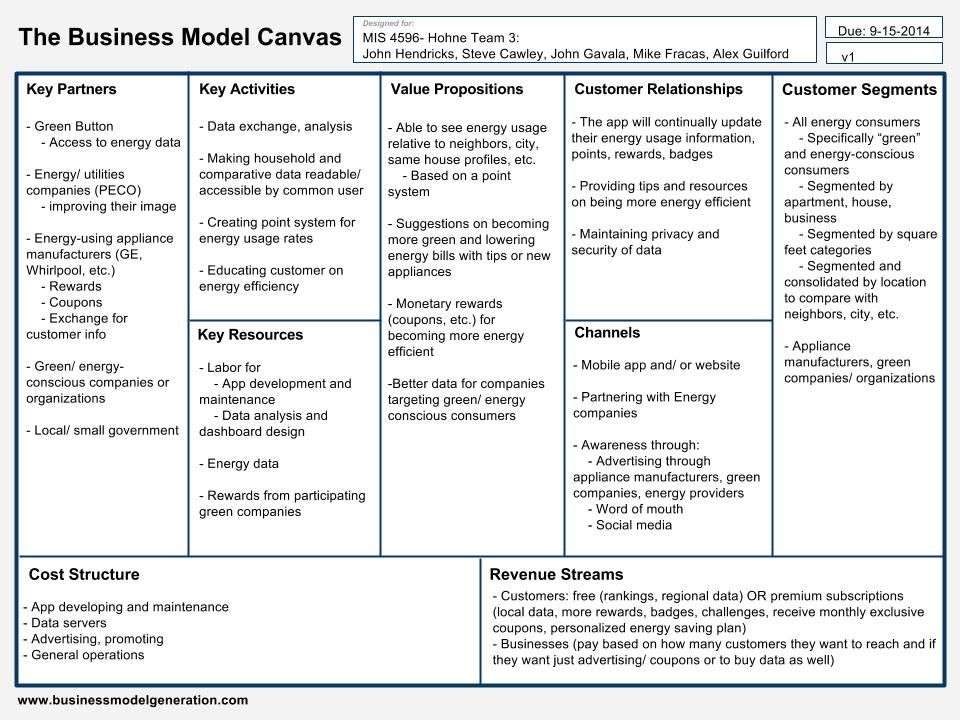
Types of client base segmentation
Basic types of client segmentation:
- by geographic principle;
- according to socio-demographic characteristics.
More often than not, this superficial segmentation is not enough. Therefore, they use a more in-depth customer segmentation.
Advanced segmentation:
- psychographic segmentation;
- behavioral segmentation.
Additional types of segmentation:
- technographic;
- by activity on the site.
Segmentation by geolocation
This is the division of customers into groups depending on their place of residence, study, work, leisure. Such a classification may be sufficient if geolocation is the determining factor in sales.
Example: The site of a burger joint should primarily attract residents of the city in which it is located.
Segmentation by socio-demographic characteristics
This is customer segmentation by gender, age, level of education, position held, field of activity.
Example: To promote the offer "Order a banquet for the 50th anniversary with a 50% discount" in the retro restaurant "USSR", it is important to identify potential customers of the appropriate age.
Psychographic segmentation
Takes into account hobbies, lifestyle, values, goals, inner world of clients. This is a piece of jewelry, because a lifestyle is made up of many components - how often and where a person travels, what series he watches, whether he participates in eco-protests, plays CS or The Witcher. With social networks, such things have become much easier to track. Sometimes public information in the client profile is enough.
An example of a profile on a social network, by which you can easily determine what its owner is interested inExample: a travel agency can send out corresponding collections of tours to lovers of Scandinavian or southern destinations.
Behavioral segmentation
This is the most advanced way to segment your customer base.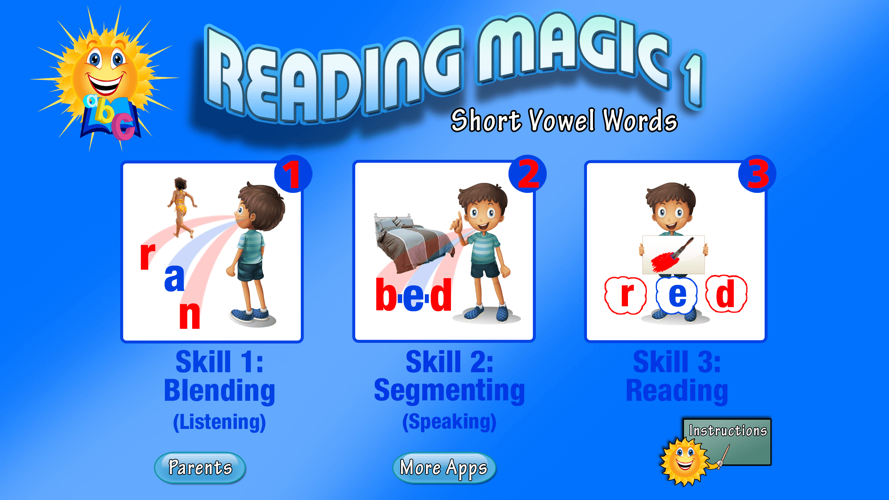 It is based on user interaction with your product - actual or potential. This includes:
It is based on user interaction with your product - actual or potential. This includes:
- where the user came from to your site;
- which pages were viewed;
- when and what products were you interested in;
- what messages from the company I read and at what time;
- on what issues did you contact support;
- what did you buy, how many times and for what amount;
- what banners were clicked on, etc.
Based on this data, you can build personalized communication with users and thus increase the conversion of the funnel. For example, you can:
- show engaging trigger messages in chat on the site and offer help with product selection in them;
- using a chatbot on the website to tell how the product will solve the client's tasks;
- send letters with selections of goods or services from the category of interest;
- show pop-ups with discounts for these products;
- show pop-ups only to those who have not seen a letter with a similar offer, etc.
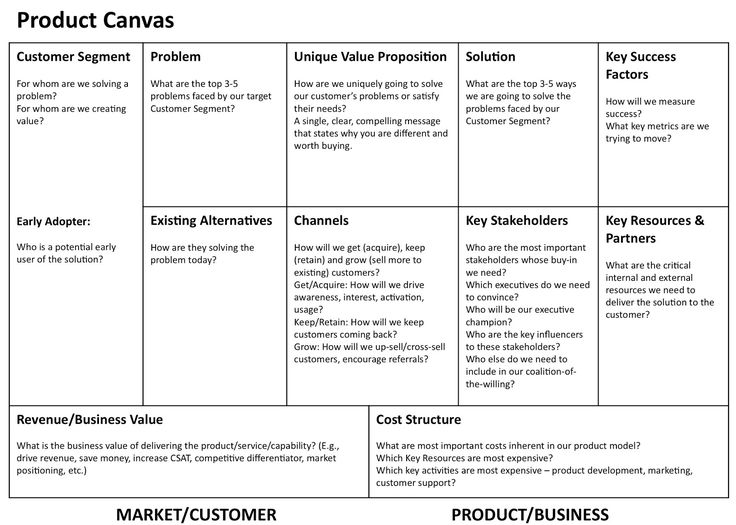
You can collect all the above data and configure such scenarios in the Carrot quest service. Here's how Skillfactory did it.
Online Skillfactory 9 example0028
Skillfactory team showed the Carrot quest chatbot script to users who visited two specific pages of the site.
The chatbot worked according to the following principle:
- helped users choose the right course by asking clarifying questions;
- asked for contacts in exchange for useful materials - to pass them on to the sales manager.
Result: the chatbot increased the conversion to a customer by 1.5–2 times.
Read case study
In behavioral segmentation, it is useful to divide customers according to their degree of readiness to purchase — into “cold” and “hot” leads. You can understand how hot a client is by the actions he took on the site and the pages he viewed.
For example, a customer who visits a website for the first time is unlikely to be close to making a purchase. Another thing is if he looked at the goods and added them to the basket or wrote to the chat on the site and specified the terms of delivery.
Another thing is if he looked at the goods and added them to the basket or wrote to the chat on the site and specified the terms of delivery.
In Carrot quest, leads can be automatically assigned points depending on their actions on the site - the more points, the hotter the lead.
You can read more about how to build such a scoring system, how it helps to segment the base and personalize communications with customers, in our article:
4 lead scoring techniques that you can use in marketing automation customers by device and their brands. For example, it may be inconvenient for users to register and place an order from a computer - it is easier to do this from a phone that is always at hand.
By segmenting your customer base by device, you can compare the conversion to the target action of different groups and see what difficulties they face.
Example: if users from smartphones have a lower conversion to registration, it may be worth simplifying the registration form or better optimize it for mobile devices.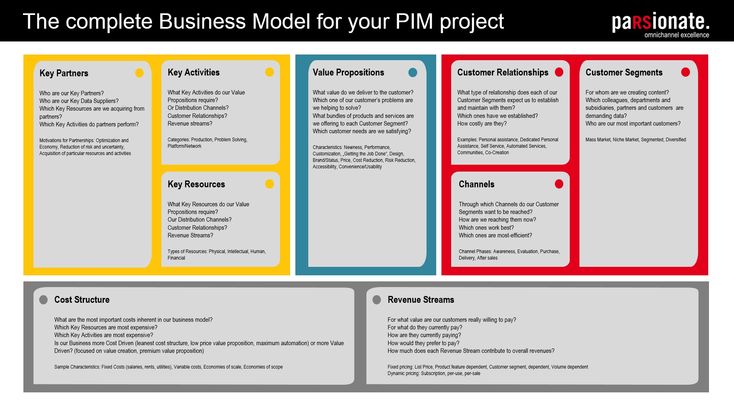
You can also personalize offers for different segments.
Example: mobile users can be told how convenient it is to work with your service from a smartphone, what mobile application you have for this.
Segmentation by activity on the site
Clients are:
- active - they get acquainted and interact with each of your offers, products;
- semi-active - get acquainted with offers, products, but do not purchase them;
- passive - they do not unsubscribe from the mailing list, but they also do not read it, do not click, do not follow links.
Remember that passive clients should not be dead weight. They create the illusion that you have a large customer base, but in reality they do not generate profit. It is very important to work with them, for example, with the help of email newsletters. Remind yourself, and the client is more likely to return for a purchase.
Example: You can send emails with new products to active customers of the "Don't regret anything" online store.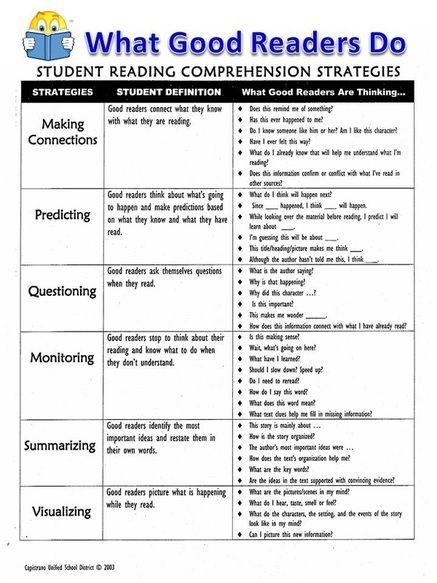 And passive - send a reactivation letter with a store reminder and a promo code for a discount.
And passive - send a reactivation letter with a store reminder and a promo code for a discount.
How to Segment Customers
Every business is looking for a customer segmentation method that is right for them. At the same time, it is not necessary to be limited to one type of segmentation, they can be combined.
online services, in our experience, usually divide customers by funnel stage:
- "trials",
- payers,
- outflow.
And also by tariffs or business area, if we are talking about a b2b service.
Online stores usually use RFM analysis for segmentation - customers are divided by:
- the number of purchases,
- the average check,
- the date of the last purchase.
Also, when segmenting online stores, the customer base is often divided by gender and by type of business — b2c or b2b.
If such methods do not suit you, there are 4 main segmentation methods:
- RFM analysis - segmentation by the age of purchases, their number and amount;
- segmentation by the LTV method - segmentation by potential profit from customers for the entire time of interaction with them;
- BCG matrix — segmentation by revenue volume and growth rate;
- ABC XYZ analysis - segmentation by the degree of value that customers received from the product.
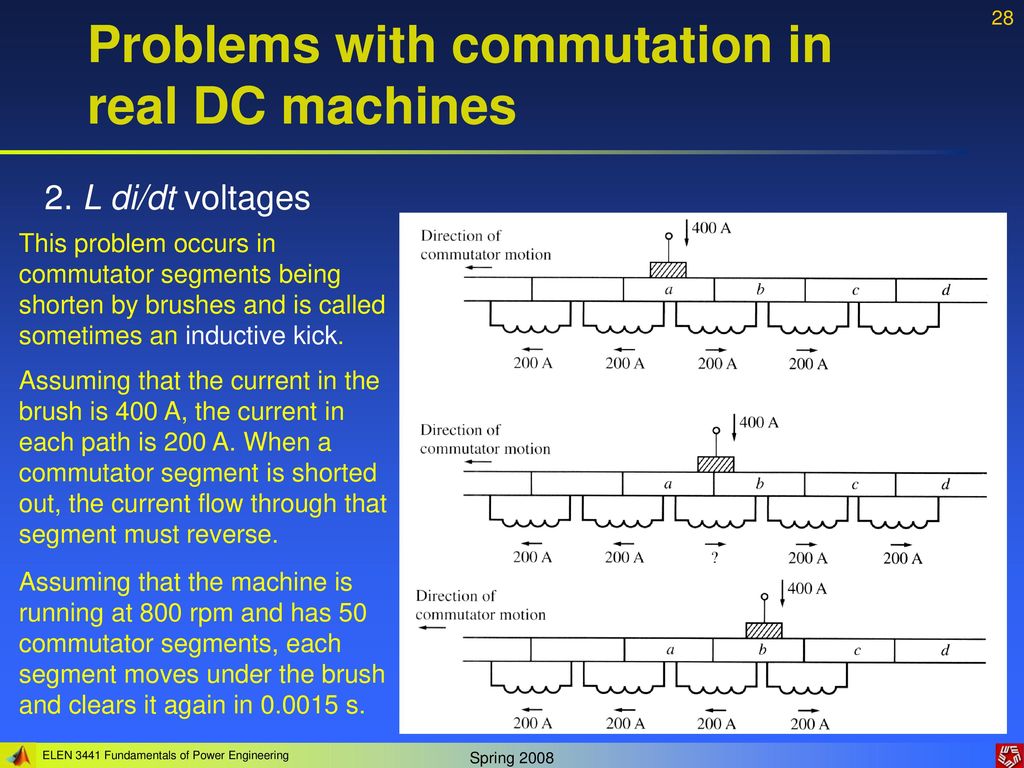
Perhaps the most popular RFM analysis. When segmenting using this method, it is first easier to divide customers only by purchase dates and their number, and only then add division by average checks to this if you need it. To make it easier for you to segment customers by date of purchases and their number, you can use our RF segmentation template:
Sharing a template for RF customer segmentation
Done! Look in the mailbox
A gift for you is a free audit of your website. We will show you how to collect more leads without increasing advertising budget.
Order a consultation
But all of the 4 segmentation methods listed are quite complex and painstaking, so we suggest starting with a more generalized version of .
- Think about how you can separate current and potential buyers who bring you:
- big profits in a short time;
- small profit in a short time;
- big profit, but for a long time;
- small profit over a long period.

Consider the time from the first visit to the site to payment. Describe here the characteristics for all types of segmentation. Think about why some people buy often, a lot and quickly make a purchase decision, while others rarely, little and think for a long time.
- Among the list of criteria, select those that maximally distinguish groups from each other.
- As a result, you will get 4 key segments with bright distinguishing features. Then you can build personalized communications for each group.
Those who will quickly bring you big profits need to work most actively, they can be immediately led to a purchase. These are your loyal regular customers and the most priority segment.
Those who are able to make a small profit in a short time are your second most important customers. They can also be immediately led to purchase.
Those who can make big profits in the long term need to be warmed up.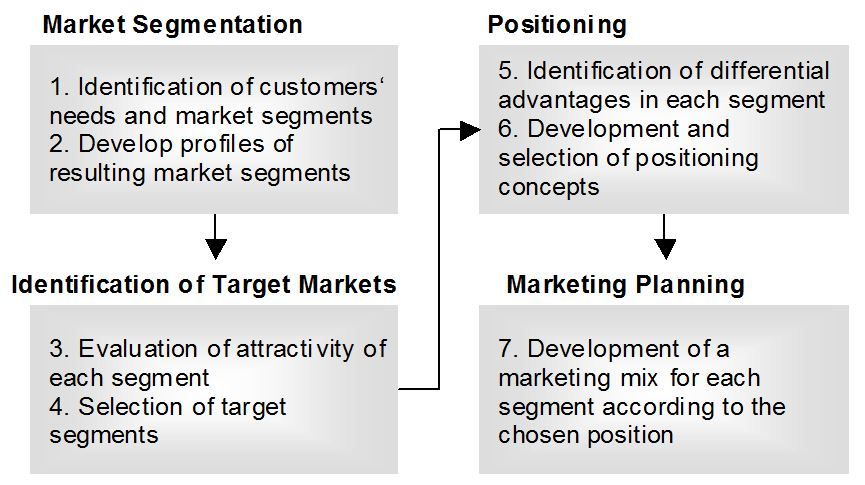 You can send them useful materials about your product and how to choose it for your needs. These users are not ready to buy here and now, so don't pressure them.
You can send them useful materials about your product and how to choose it for your needs. These users are not ready to buy here and now, so don't pressure them.
Dealing with those who will bring you little money in the long run will most likely not be worth the effort. It is important for you to single out such a group so as not to waste time and money on it.
Segmentation is done correctly if:
- you can clearly describe the customers of each segment - who they are, what they are, what they want;
- Each segment of the customer base has a sufficiently large number of customers - otherwise the costs of marketing and "individual approach" may turn out to be unreasonably high.
How to segment customers and set up communication with them using the Carrot quest service
Collecting basic data. In Carrotquest, the basic data for segmentation will be collected automatically using tracking and recorded in user cards:
- channel and source from which the user came;
- geo;
- actions on the site;
- frequency and content of purchases;
- interaction with messages — letters, pop-ups, chatbot.

Gathering in-depth data. What cannot be found out automatically, with the help of Carrot quest, you can ask users directly - through a chat bot, letters or pop-ups. For example:
- contact details;
- age;
- goods of interest;
- tasks that the user wants to solve with the help of the product, etc.
The answers from surveys will also be automatically recorded in the cards of the corresponding users.
An example of a survey of the Dyatkovo online store using the Carrot quest chatbotYou can read more about surveys using the Carrot quest tools in our article.
Also in Carrot quest you can add additional tags to user cards. For example, "waiting for a sale", "beta tester", "ecom". Tags allow you to flexibly segment customers and make communication more personalized.
Segmented. By combining tags and other data from user cards, you can collect the necessary client segments in Carrot quest for further communication. You can read more about how to do this in the service knowledge base.
You can read more about how to do this in the service knowledge base.
We set up communication with clients. In Carrot quest, you can configure and run:
- chatbot scripts on the site;
- trigger messages in the chat on the site;
- letters;
- pop-ups;
- push notifications in mobile apps.
To make it faster, the service has visual designers, templates, and ready-made scripts.
All tools and features of the service can be tested free of charge within 7 days after registration.
If you don't know:
- where to start segmenting your customer base,
- which Carrot quest tools are right for you,
contact our experts for a free consultation.
Leave a request for a consultation
We will do everything for you . If you are unable to segment customers and set up communication with them on your own, or you want to achieve the best results in this, you can contact our implementation team for help.
Fix
What is customer segmentation?
Customer segmentation is the division of customers into groups according to certain characteristics or criteria: their geolocation, age, needs, actions on the site, etc.
Why is customer segmentation needed?
Customer segmentation allows you to:
better understand customer needs;
- increase customer loyalty;
- keep them;
- increase repeat sales and profit from each client - LTV;
- reduce the marketing budget.
What is customer segmentation?
- geographically;
- according to socio-demographic characteristics;
- psychographic segmentation;
- behavioral segmentation;
- technographic;
- by activity on the site.
How can an online service segment customers?
Online services usually divide customers by funnel stage:
- trial workers,
- paying,
- outflow.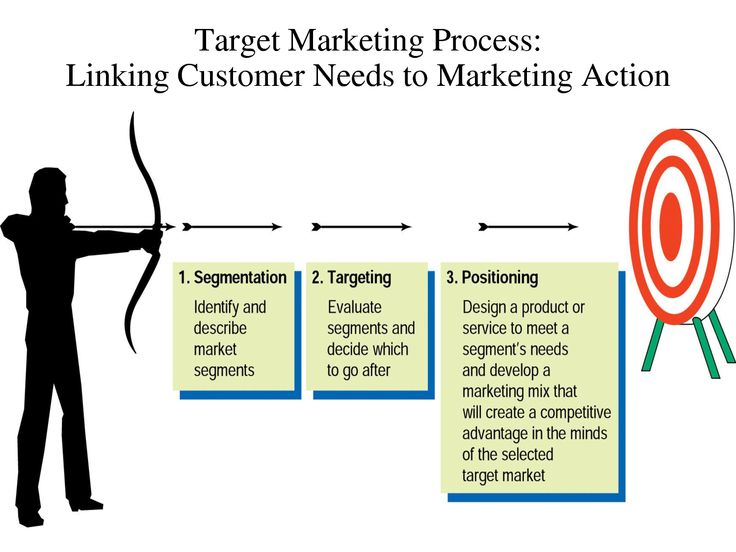
And also by tariffs or business area, if we are talking about a b2b service.
How to segment online store customers?
Online stores usually use RFM analysis for segmentation - they divide customers by:
- the number of purchases,
- the average bill,
- the date of the last purchase.
Also, when segmenting online stores, the customer base is often divided by gender and by type of business — b2c or b2b.
What are the customer segmentation methods?
There are 4 main segmentation methods:
- RFM analysis,
- LTV segmentation,
- BCG matrix,
- ABC XYZ analysis.
They are quite complex and painstaking, so we suggest starting with a more generalized version.
1. Think about how you can separate current and potential buyers who bring you:
- big profit in a short time;
- small profit in a short time;
- big profit, but for a long time;
- a small profit over a long period.
2. Among the list of criteria, select those that maximally distinguish groups from each other.
3. As a result, you will get 4 key segments with bright distinguishing features. Then you can build personalized communications for each segment.
Which service is best for customer segmentation?
The Carrot quest service will allow you to:
— collect basic and advanced customer data;
- segment the base;
- set up communications with each segment via a chat and chat bot on the website, trigger emails, pop-ups and push notifications on mobile.
| We first published this article on February 10, 2021. On June 8, 2022, we updated it. |
What is database sharding? - Understanding Database Sharding - AWS
What is database sharding?
Database sharding is the storage of a large database across multiple computers.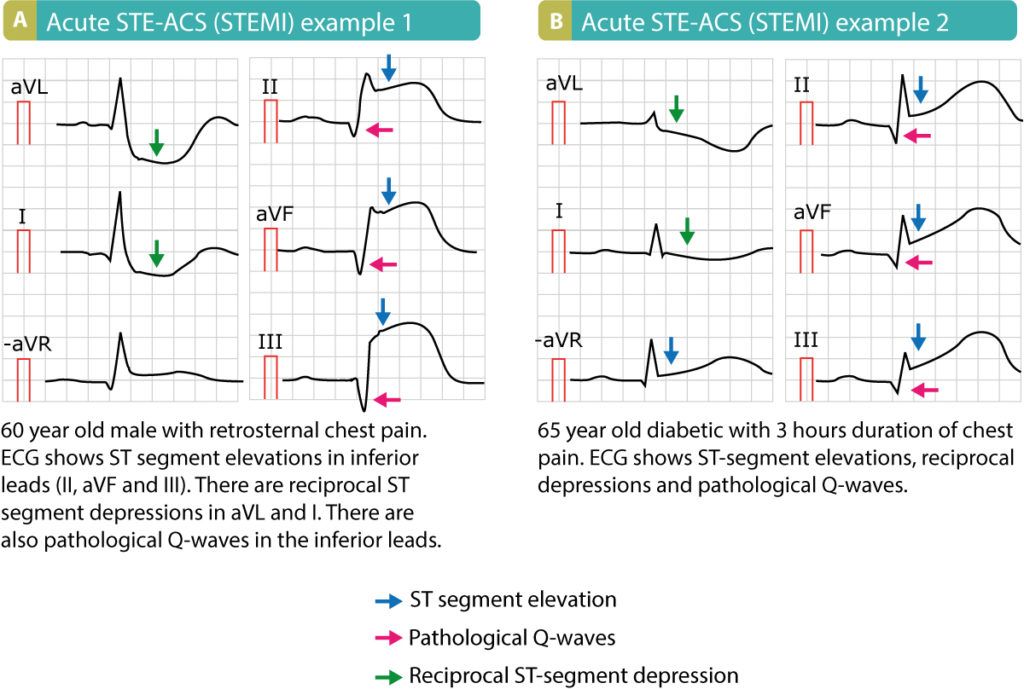 One machine or database server can only store and process a limited amount of data. Database sharding overcomes this limitation by dividing data into smaller chunks or shards and storing it across multiple database servers. All database servers typically use the same underlying technologies and work together to store and process large amounts of data.
One machine or database server can only store and process a limited amount of data. Database sharding overcomes this limitation by dividing data into smaller chunks or shards and storing it across multiple database servers. All database servers typically use the same underlying technologies and work together to store and process large amounts of data.
Why is database sharding important?
As the application grows, the number of users of the application and the amount of data stored in it increases over time. The database becomes a bottleneck if the amount of data becomes too large and too many users try to use the application to read or save information at the same time. The application slows down and affects the customer experience. Database sharding is one method to solve this problem, as it allows small datasets to be processed in parallel across shards.
What are the benefits of database sharding?
Organizations use database sharding to achieve the following benefits:
Reduced response time
Retrieving data from a single large database takes longer.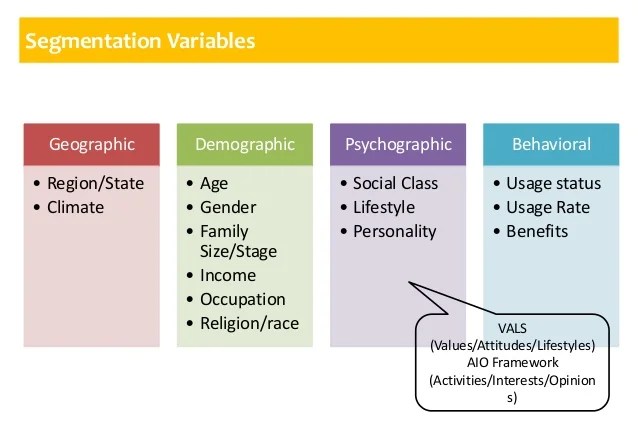 The database management system must search many rows to get the correct data. Conversely, data segments contain fewer rows than the entire database. Thus, getting certain information or executing a query from a sharded database takes less time.
The database management system must search many rows to get the correct data. Conversely, data segments contain fewer rows than the entire database. Thus, getting certain information or executing a query from a sharded database takes less time.
Avoiding total service downtime
If the computer hosting the database crashes, the application that depends on the database also crashes. Database sharding prevents this by distributing portions of the database across different computers. Failure of one of the computers does not terminate the application, as it can work with other functional segments. Sharding is also often performed in conjunction with data replication between shards. Thus, if one shard becomes unavailable, the data can be accessed and restored from an alternate shard.
Efficient scaling
A growing database consumes more computing resources and eventually reaches storage capacity. Organizations can use database sharding to add additional computing resources to support database scaling.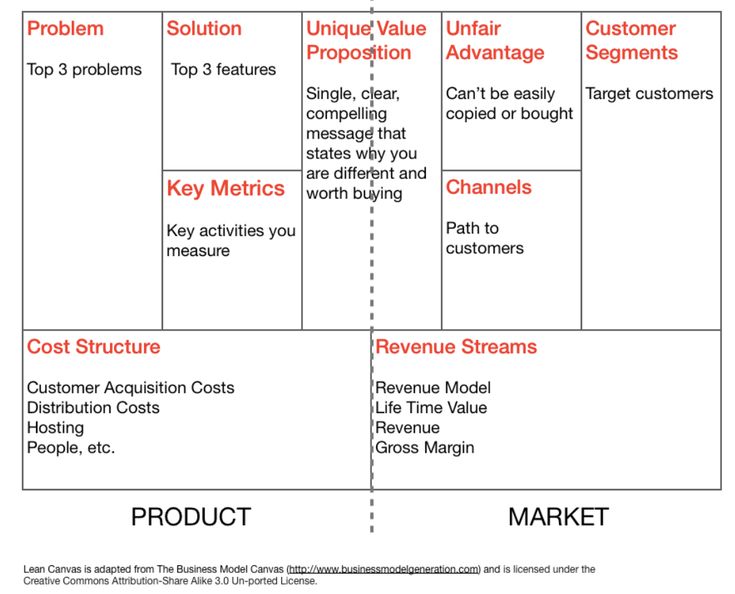 They can add new segments at runtime without having to close the application for maintenance.
They can add new segments at runtime without having to close the application for maintenance.
How does database sharding work?
The database stores information in several datasets consisting of columns and rows. Database sharding breaks one set of data into partitions or shards. Each shard contains unique strings of information that can be stored separately across multiple computers, called nodes. All shards run on separate nodes but share a common schema or underlying database design.
For example, an unsegmented database containing a data set for customer records might look like this.
| Customer ID | Name | State |
| 1 | Ivan | California |
| 2 | Olga | Washington |
| 3 | Floor | Arizona |
| 4 | Van | Georgia |
Sharding involves separating different rows of information from a table and storing them on different machines, as shown below.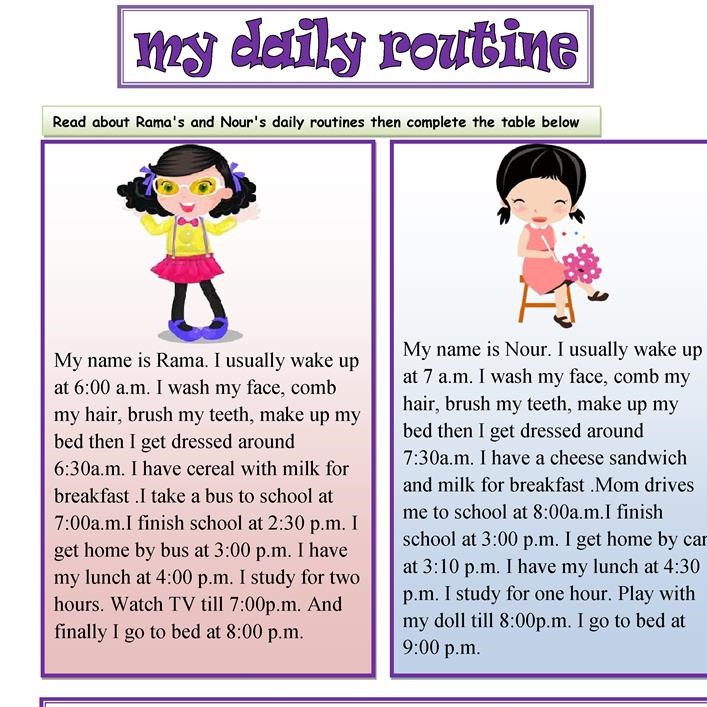
Computer A
| Client ID | Name | State |
| 1 | Ivan | California |
| 2 | Olga | Washington |
Computer B
| Client ID | Name | State |
| 3 | Floor | Arizona |
| 4 | Van | Georgia |
Segments
The divided pieces of data are called logical segments.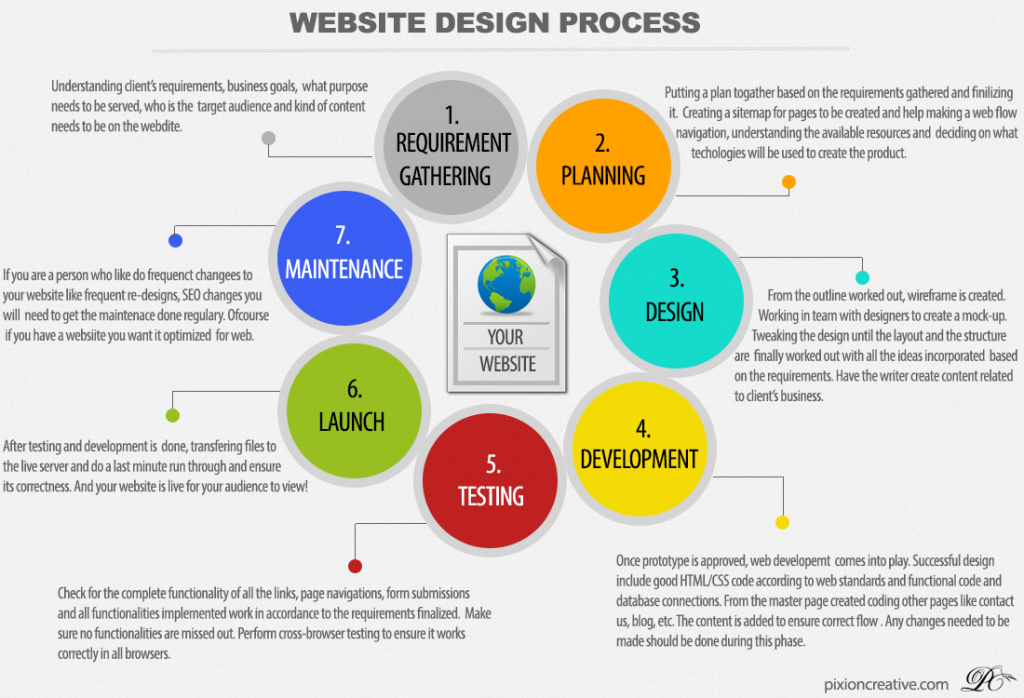 The computer on which the logical segment is stored is called the physical segment or database node. A physical segment can contain multiple logical segments.
The computer on which the logical segment is stored is called the physical segment or database node. A physical segment can contain multiple logical segments.
Segment key
Software developers use the shard key to determine how to partition a data set. A column in a dataset determines which rows of data are combined into a segment. Database developers select a shard key from an existing column or create a new one.
Non-sharing architecture
Database sharding works based on a non-sharing architecture. Each physical segment operates independently and is unaware of the other segments. Only the physical shards containing the data you request will process the data in parallel for you.
The software layer coordinates data storage and access from these multiple segments. For example, some types of database technologies have built-in automatic sharding features. Software developers can also write sharding code in their application to store or retrieve information from the correct shard or shards.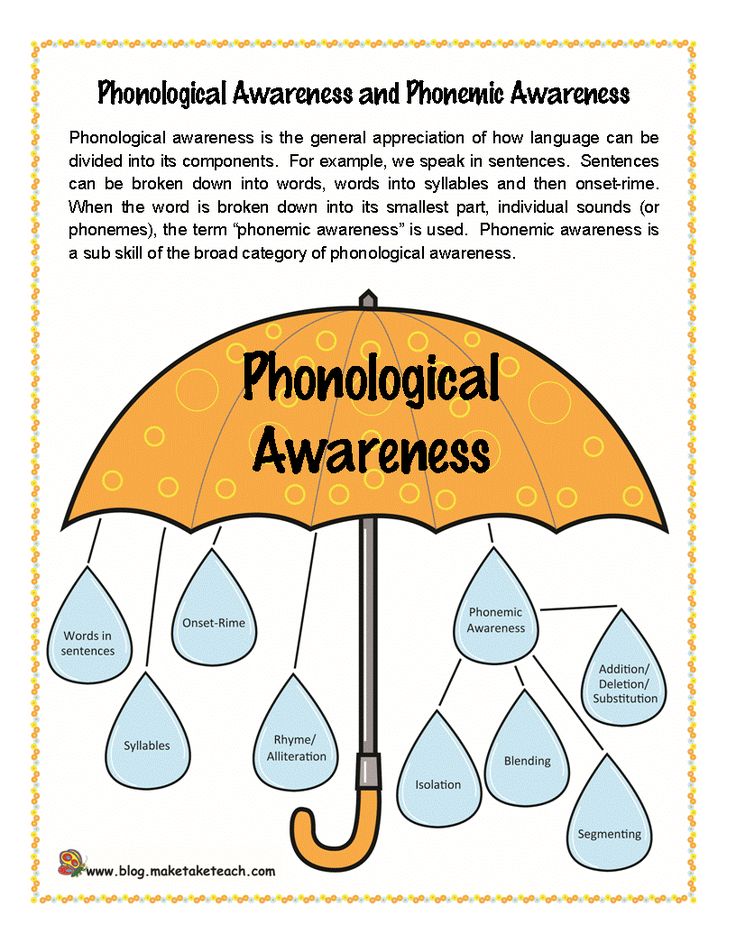
What are the methods of sharding a database?
Database sharding methods apply different rules to the shard key to determine the correct node for a particular row of data. The following are common sharding architectures.
Range-based sharding
Range-based sharding, or dynamic sharding, splits database rows based on a range of values. The database designer then assigns the shard key to the appropriate range. For example, the database designer splits the data according to the first alphabet of the customer's name as follows.
| Name | Segment Key |
| From A to I | A |
| From J to S | B |
| From T to Z | C |
When writing customer data to the database, the application determines the correct shard key by checking the customer name.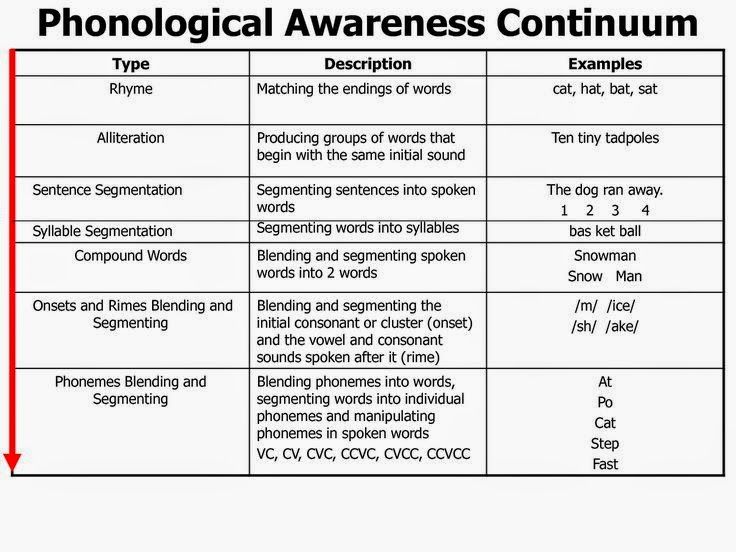 The application then maps the key to its physical host and stores the string on that machine. Similarly, the application performs a reverse match when looking for a specific entry.
The application then maps the key to its physical host and stores the string on that machine. Similarly, the application performs a reverse match when looking for a specific entry.
Advantages and disadvantages
Depending on the data values, range-based sharding can lead to data overload on one physical node. In our example, segment A (containing names starting with the letter A through I) can contain many more rows of data than segment C (containing names starting with the letter T through Z). However, it is easier to implement.
Hashed sharding
Hashed sharding assigns a shard key to each row in the database using a mathematical formula called a hash function. The hash function takes information from a string and produces a hash value. The application uses the hash value as the shard key and stores the information in the corresponding physical shard.
Software developers use hash sharding to evenly distribute information in a database across multiple shards. For example, the software splits customer records into two segments with alternate hash values 1 and 2.
For example, the software splits customer records into two segments with alternate hash values 1 and 2.
| Hash value | |
| Ivan | 1 |
| Olga | 2 |
| Gender | 1 |
| Van | 2 |
Advantages and disadvantages
Although hash sharding results in even distribution of data across physical shards, it does not partition the database based on the value of the information. Therefore, software developers may find it difficult to reassign the hash value when adding more physical segments to the computing environment.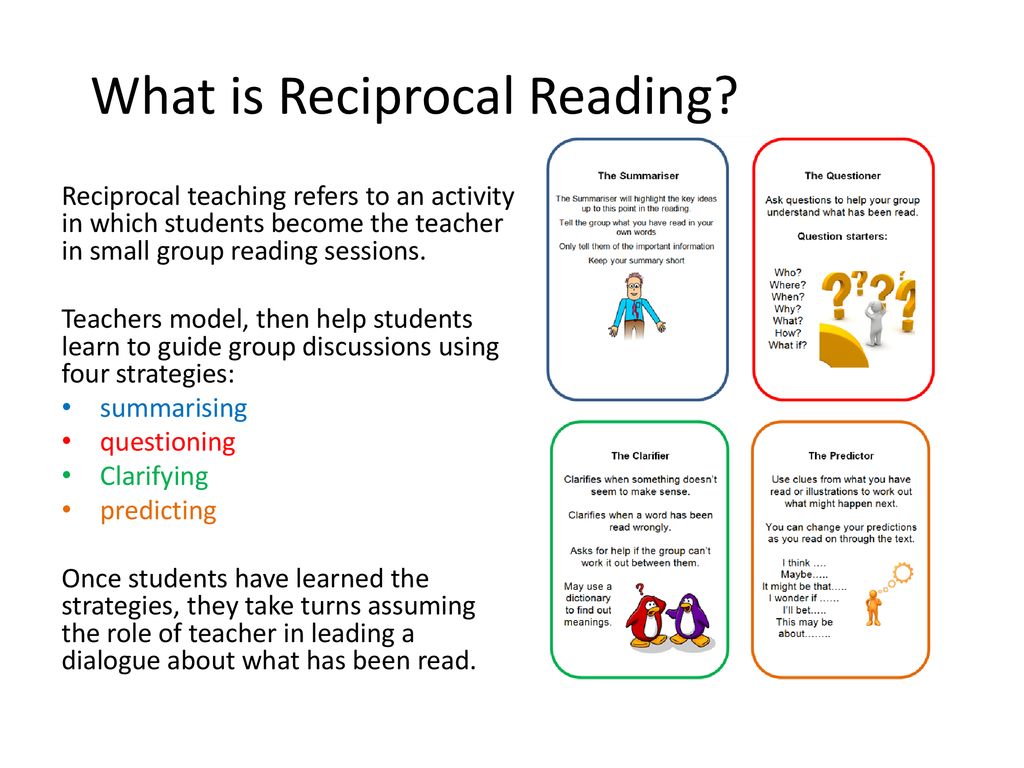
Directory sharding
Directory sharding uses a lookup table to map database information to the corresponding physical shard. A lookup table is like a table in a spreadsheet that associates a database column with a segment key. For example, the following diagram shows a lookup table for clothing colors.
| Color | Segment Key |
| Blue | A |
| Red | B |
| Yellow | C |
| Black | D |
When an application stores clothing information in a database, it refers to a lookup table. If the dress is blue, the application stores the information in the appropriate segment.
If the dress is blue, the application stores the information in the appropriate segment.
Advantages and disadvantages
Software developers use directory segmentation because it is flexible. Each segment is a meaningful representation of the database and is not limited to ranges. However, directory sharding fails if the lookup table contains incorrect information.
Geosegmentation
Geosegmentation separates and stores database information according to geographical location. For example, a dating service website uses a database to store information about customers from different cities in the following way.
| Name | Segment Key |
| Ivan | California |
| Olga | Washington |
| Gender | Arizona |
Software developers use cities as shard keys.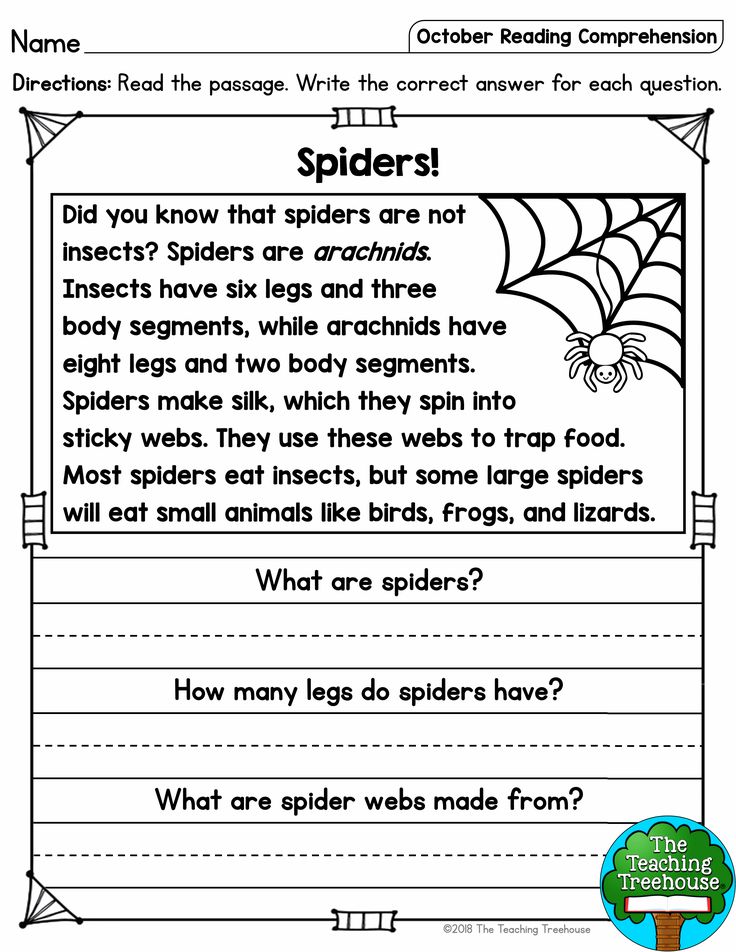 They store information about each customer in physical segments geographically located in their respective cities.
They store information about each customer in physical segments geographically located in their respective cities.
Advantages and disadvantages
Geo-segmentation allows applications to retrieve information faster by reducing the distance between the segment and the requesting client. If the data access patterns are mostly based on geographic location, then this works well. However, geosegmentation can also lead to uneven distribution of data.
How to optimize database sharding for even data distribution
When certain physical segments experience data overload while others remain underloaded, this results in access points in the databases. Access points slow down the process of retrieving data from the database, which defeats the purpose of data sharding.
A good choice of shard key allows data to be evenly distributed across multiple shards. When choosing a shard key, database developers should consider the following factors.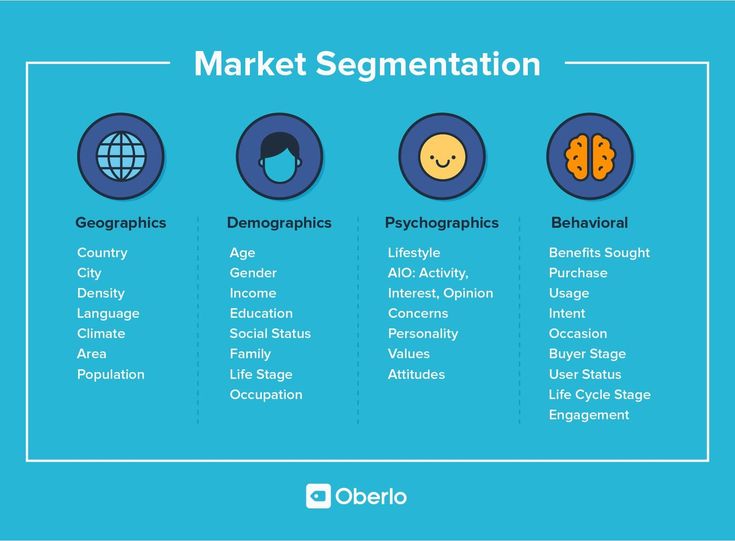
Cardinality
Cardinality describes the possible values of the segment key. It defines the maximum number of possible shards in individual column-oriented databases. For example, if a database designer selects a yes/no data field as the shard key, the number of shards will be limited to two.
Frequency
Frequency is the probability of storing certain information in a certain segment. For example, a database designer chooses age as a shard key for a fitness website. Most entries can end up in nodes for subscribers aged 30-45 and result in hotspots in the database.
Monotonic change
Monotonic change is the segment key change rate. A monotonically increasing or decreasing shard key results in unbalanced shards. For example, the feedback database is divided into three different physical segments as follows.
- Segment A stores feedback from customers who made 0-10 purchases.
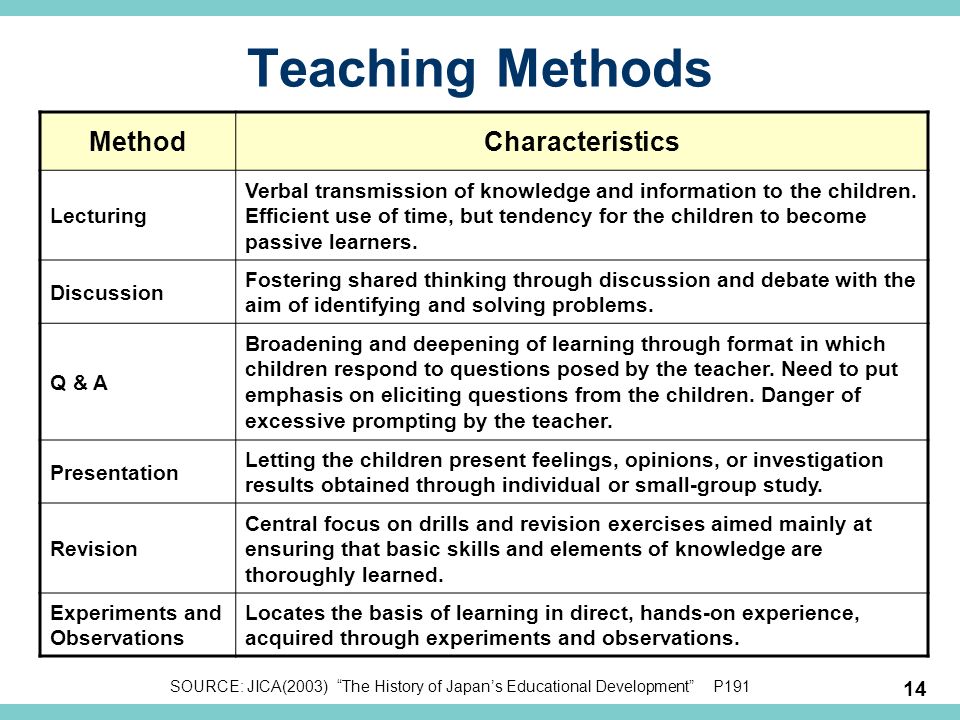
- Segment B stores reviews from customers who made 11-20 purchases.
- Segment C stores reviews of customers who have made 21 or more purchases.
As the business grows, customers make more than "21 or more purchases." The application stores their feedback in shard C. This results in an unbalanced shard because shard C contains more feedback entries than the other shards.
What are the alternatives to database sharding?
Database sharding is a scale-out strategy that allocates additional nodes or computers to share an application's workload. Organizations benefit from horizontal scaling through a fault-tolerant architecture. When one computer fails, the rest continue to work without failure. Database developers reduce downtime by spreading logical segments across multiple servers.
However, sharding is one of several other database scaling strategies. Explore some of the other methods and see how they relate to each other.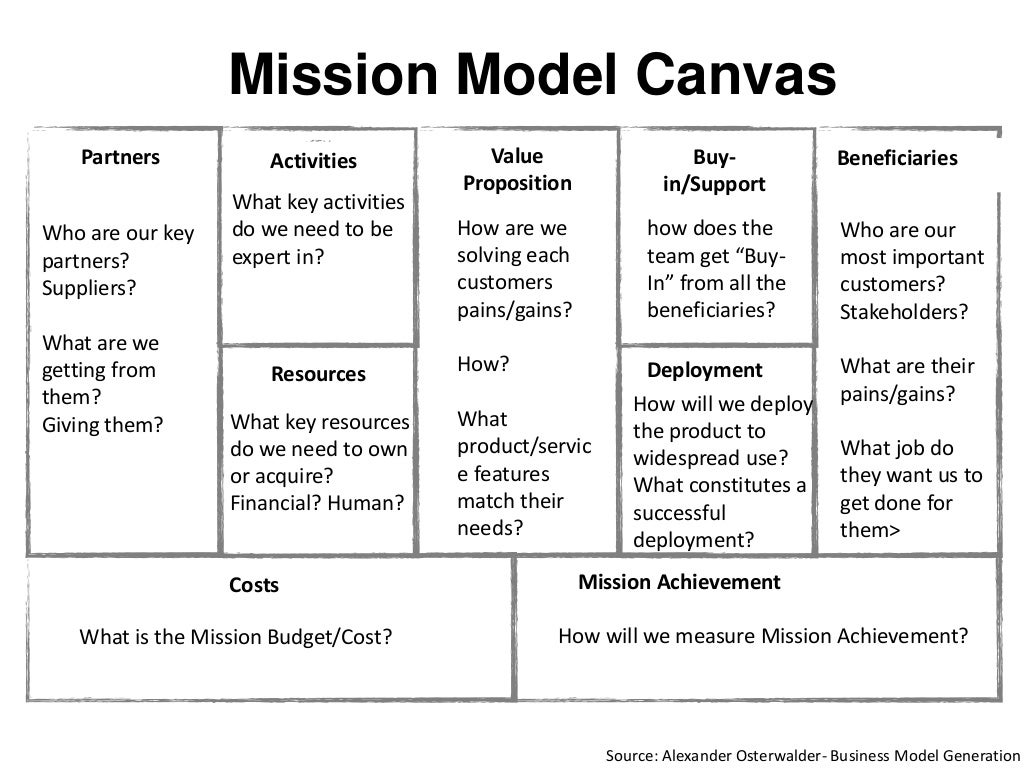
Vertical scaling
Vertical scaling increases the processing power of a single machine. For example, an IT team is adding a CPU, RAM, and hard drive to a database server to handle increased traffic.
Comparison of database sharding and vertical scaling
Vertical scaling is cheaper, but the computing resources that can be scaled up are limited. Meanwhile, sharding, a horizontal scaling strategy, is easier to implement. For example, the IT team installs multiple computers instead of updating old computer hardware.
Replication
Replication is a method that creates exact copies of a database and stores them on different computers. Database developers use replication to develop a fault-tolerant relational database management system. When one of the computers hosting the database fails, the other replicas remain operational. Replication is a common practice in distributed computing systems.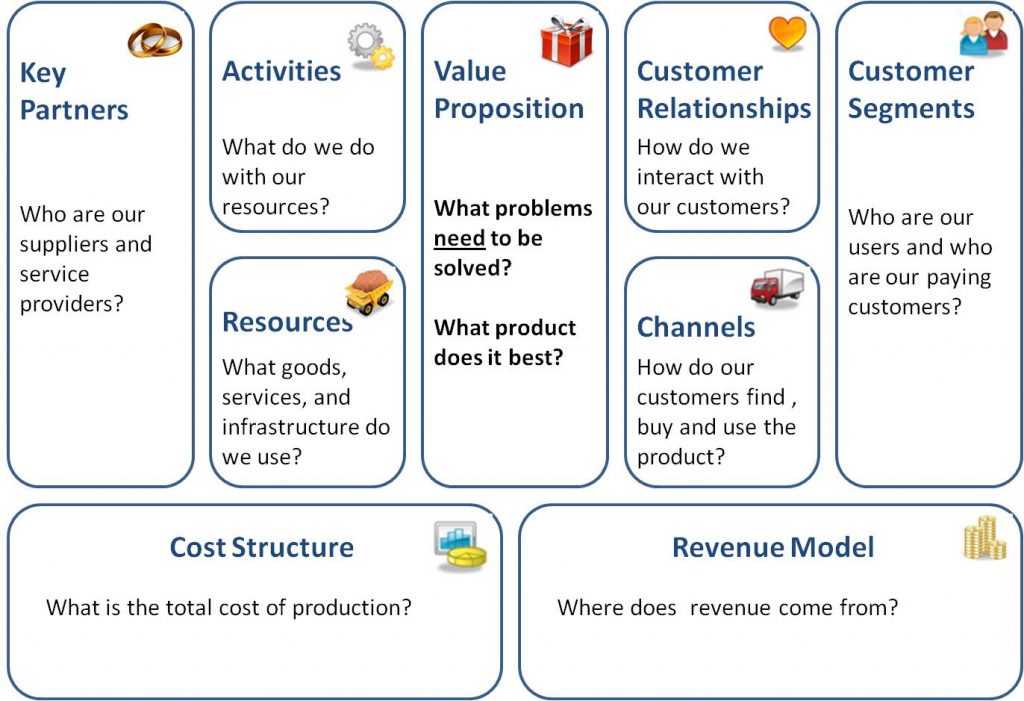
Database sharding vs. replication
Database sharding does not create copies of the same information. Instead, it splits one database into several parts and saves them on different computers. Unlike replication, database sharding does not provide high availability. Sharding can be used in conjunction with replication to achieve scalability and high availability.
In some cases, database sharding may consist of replicating certain sets of data. For example, a retail store that sells products to customers in the US and Europe might keep copies of size conversion tables on different segments for both regions. An application can use duplicate conversion tables to convert the size of a dimension without accessing other database servers.
partition support;
Partitioning is the process of dividing a database table into multiple groups. Separation is of two types.
- Horizontal partitioning splits the database into rows.
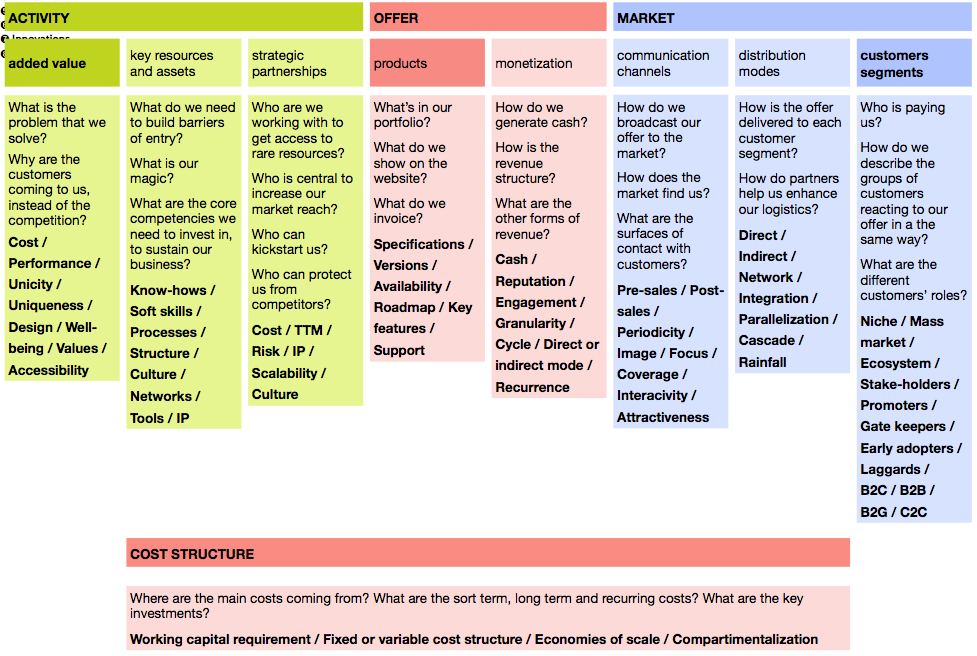
- Vertical partitioning creates different database column partitions.
Sharding vs. database partitioning
Database sharding is similar to horizontal partitioning. Both processes split the database into several groups of unique rows. With partitioning, all groups of data are stored on the same computer, but database sharding distributes them across different computers.
What are the problems with database sharding?
Organizations may encounter these issues when implementing database sharding.
Data access points
Some shards become unbalanced due to uneven distribution of data. For example, one physical segment containing customer names beginning with A receives more data than others. This physical segment will consume more computing resources than the others.
Solution
You can evenly distribute data using optimal shard keys.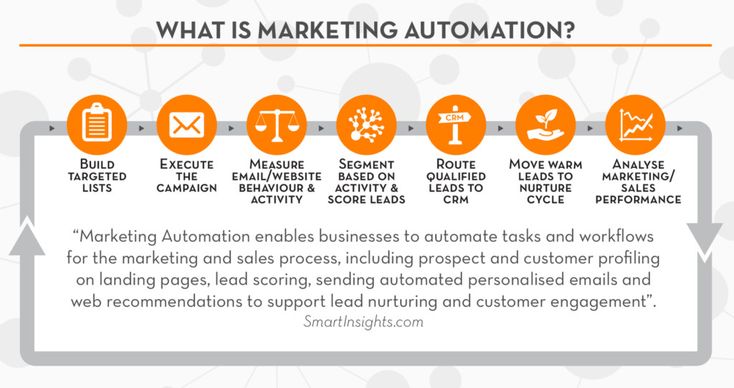 Some datasets are better suited for sharding than others.
Some datasets are better suited for sharding than others.
Operational complexity
Database segmentation causes operational complexity. Instead of managing a single database, developers have to manage multiple database nodes. When retrieving information, developers must request multiple segments and concatenate pieces of information together. These extraction operations can complicate analytics.
Solution
In the AWS database portfolio, database setup and operations are largely automated. This makes it easier to work with a sharded database architecture.
Infrastructure costs
Organizations pay more for infrastructure by adding more computers as physical segments. Maintenance costs may increase if you increase the number of machines in your local data center.
Solution
Developers use Amazon Elastic Cloud Computing (Amazon EC2) to host and scale shards in the cloud.

